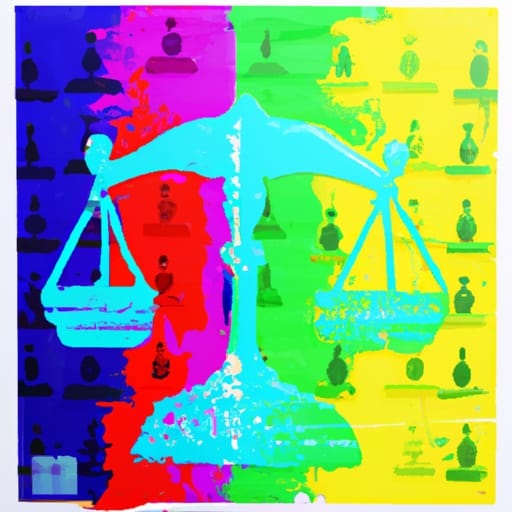The recent Supreme Court decision concerning Warhol’s iconic Prince portrait could have major implications for artists and the realm of fair use. As a legal news reporter who grew up with Prince’s music, I’m exploring the potential effects and drawing parallels with the great artist himself.
Hello there, folks. Samuel Lopez here, your trusted legal news reporter for USA Herald. Now, when we think about transformative works of art, the late and great Prince springs to mind. He reinvented not just his music but himself time and again, pushing boundaries and shifting paradigms. Today, however, I find myself musing over a different kind of transformation – the transformative use of copyrighted works under the legal umbrella of “fair use.”
The Supreme Court Sings a Different Tune
Just recently, the U.S. Supreme Court issued a judgement in a case involving two iconic figures – Andy Warhol and Prince. In a 7-2 decision, the high court dismissed the fair use defense put forth by the Andy Warhol Foundation related to Warhol’s portrait of Prince, the “Orange Prince.” This image had been licensed for use as a magazine cover, but it was originally based on a copyrighted photograph taken by Lynn Goldsmith. The justices noted that both works served the same purpose – they were portraits of Prince used in magazine stories about him, which raised questions about their fair use.










